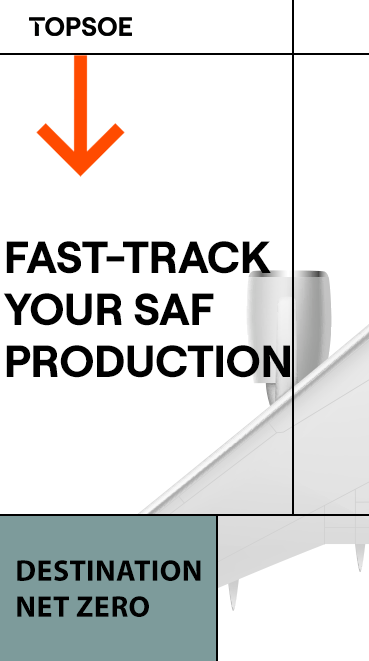Reflections on elections, internal-combustion engines and EVs
- Allen Schaeffer
- Nov 4, 2024
- 4 min read

It’s shaping up to be a frantic fall—how much more can we take? A breakout year for women’s basketball? An iconic baseball World Series matchup in the middle of football season? Fall harvest and the changing of leaves? All Hallows Eve? And then there’s the general election.
This wild, loud and long election season is coming to some conclusion. We will soon determine a new president and administration, not to mention 33 Senate seats and all 435 House of Representative seats, and what must be thousands of positions at the local level. And not a moment too soon for me.
Along with candidate qualifications and the state of the economy, this year vehicle and fuels policy—mostly aimed at electric vehicles (EVs), but also some proposed bans on internal-combustion engines (ICEs)—has been a campaign-year issue at the national and state levels.
Not the vehicles themselves mind you (they have their own fan bases both for and against), the disagreements are about the policies that effectively require and incentivize the purchase and use of EVs. Or in the case of ICE vehicles, ban future sales.
What is being done has serious implications for sure. But how it is has been done—the appearance of “picking winners and losers”—is what’s created the most debate. It is a departure from the traditional “technology-neutral” role of the federal government. Whether the current approach is successful is still out for judgement.
For their part, at least a dozen states have made moves to restrict the sale of ICE vehicles. Nine states are working toward a total ban. Joining Congress and its efforts to preserve vehicle choice, 15 states have responded by passing their own legislation and resolutions that protect the right of consumer choice of vehicle and fuel type.
For heavy-duty vehicles the actions follow a similar pattern. With the recent addition of Illinois, there are now 24 states in court challenging the U.S. EPA’s most recently issued rules requiring an increasing percentage of our future commercial trucks to be zero-emission vehicles. And that will be a challenge, since about 97 percent of the big rigs on the road today are powered by diesel.
The days of hammering out consensus views and finding a middle ground in Congress, as well as at the agencies and in the states, seem fleeting. It’s a departure from what used to work. California has mostly been driving national policy. And now we wait to see if the U.S. Supreme Court will be filling in policy gaps between congressional action and agency interpretation, thanks to a recent landmark ruling (Loper Bright). That’s a departure from only the most significant and landmark cases rising to the attention of the nation’s highest court.
Traditional car makers haven’t departed from building cars and trucks, but far more attention is paid to software, autonomy, and becoming personal mobility providers of service. And nearly as much attention seems focused on building the fueling infrastructure essential for this nascent all-electric future to have a chance. Could anyone imagine 30 years ago automakers taking on the role of a downstream petroleum producer or convenience-store operator to ensure an adequate supply of premium gasoline and ultra-low sulfur diesel fuel for their cars and trucks? It’s not just automakers. Heavy-duty truck makers find themselves in a similar situation now still building commercial trucks but needing to invest in building an electric-charging network to fuel them.
What is not new is that auto and truck makers want to serve their customers, as they always have, with innovation and by making products that are safer, more productive, convenient and have greater utility and efficiency. And that now includes a mix of ICE and EVs.
Auto sales overall are running at a 15.6 million annual rate. Sales of both light-duty and heavy-duty EVs are growing for sure, but at a pace that is below expectations and investment. According to Baum Associates, total battery-electric vehicle (BEV) sales (light-duty cars, trucks and SUVs) in September were up 5 percent compared to last year and 7 percent year-to-date. For the month, BEV sales were 9.3 percent of the market (up from 7.9 percent a year ago).
For more than half a century, government policy has played an important role in making vehicles safer on the road and better for the environment. No one can deny that. There have always been opposing points of view and disagreements along the way; some have risen to the level for the courts to settle; others were recognized and accommodated in final rules. But we’ve never had a time like this one where technologies—ICE vs. EVs—are pitted against each other in public debate.
The similarities of the EV-vs.-ICE debate on social media and those of the general election are eerily similar. Highly polarized loud pro and con views dominate. An initial post claiming superiority generates a quick response from the opposing view. Questions on accuracy of argument and cherry-picked data ensue. Empathy and appreciation of other views wins no points. The posts deteriorate ultimately unraveling the thread, transforming it from irreverent to irrelevant.
Whatever side prevails come Nov. 5, this debate is unlikely to unravel or become irrelevant anytime soon; too much is at stake. Neither ICEs or EVs are going anywhere; both are here to stay in some form because we need what the best of each offers for our vehicles, our trucks, machines, and equipment that run our economy. Each has too much to offer and there is too much invested in each to fail.
Ultimately, technology choice is a personal decision as much as a policy one. I love both my battery-powered leaf blower and my Chevrolet Tahoe with a diesel engine just the same. For different reasons and different purposes, each is the best fit for me. And each replaced something that was worse overall for the environment and my pocketbook.
Let’s hope our next chapter brings the best people and ideas together, not pushes them further apart. A time where we can all respect differing points of view. And a time where EVs, ICEs and all technologies compete and are challenged to continue to improve and help us meet our energy, environment, climate and other goals.
We’ll need all of them and that will make us all winners.
Don’t forget to vote. Election Day is Nov. 5!

Author: Allen Schaeffer
Executive Director
Engine Technology Forum
301-668-7230






















-RKstandin.jpg)
_gif.gif)




